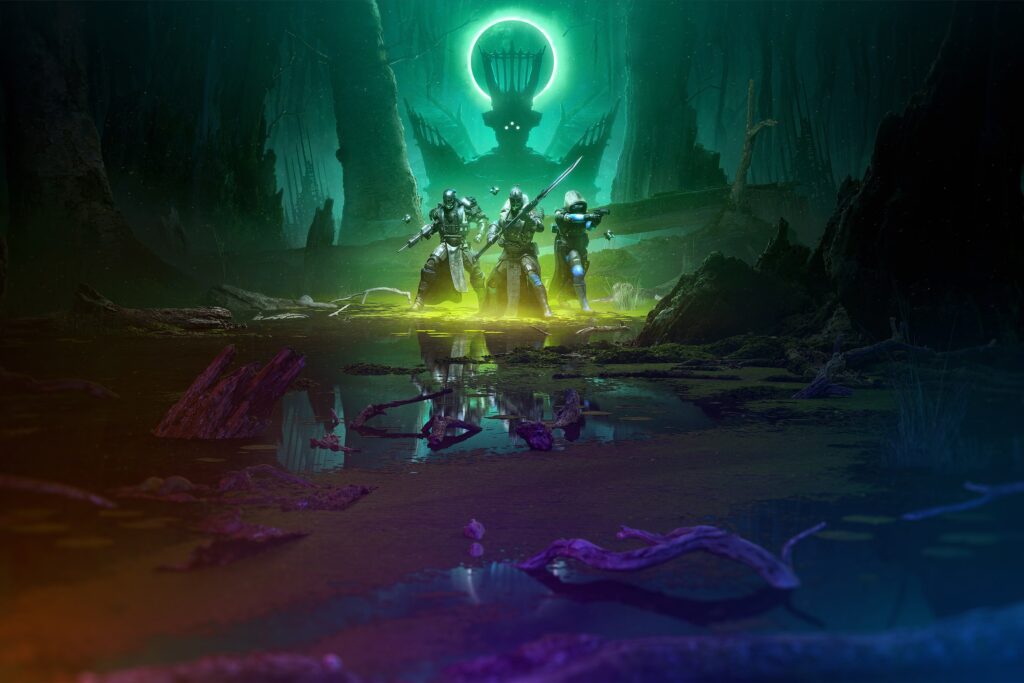Animation is a crucial component in video games as it makes characters move, jump, and interact with the game world. The animation process involves several stages, including character concept art and design, rigging, animation, and final touches and optimization. Advancements in technology have allowed for lifelike movements and more immersive experiences in video games. Future developments in character animation include the use of deep learning algorithms to make characters learn and adapt their behavior, creating more unique and exciting gaming experiences. Overall, animation is vital to creating an engaging and immersive gaming experience for players.
The Magic Behind Animating Characters in Video Games
Video games are a form of entertainment that has quickly gained popularity over the years. They offer a unique experience to gamers by immersing them in a virtual world where they can control their character and interact with different objects and environments. The animation of characters in video games plays a crucial role in creating this immersive experience. It is what brings the characters to life and makes them feel real. In this article, we will discuss the magic behind animating characters in video games.
The Importance of Animation in Video Games
Animation is a critical component of video games. It is what makes the characters move, jump, and interact with the game world. Without animation, video games would be nothing more than still images, and the gaming experience would not be as immersive.
Animation in video games can also be a selling point for many games. Games with incredible animation are often more appealing to gamers as it adds to the overall experience of the game. As technology progresses, the animation in video games has become more advanced, leading to more immersive and realistic game worlds.
The Process of Animating Characters
The process of animating characters in video games can be broken down into several different stages. Each stage involves the creation, manipulation, and integration of different assets to create the final product.
Concept Art and Character Design
The first stage of animation is character concept art and design. This involves creating sketches, drawings, and 3D models that will be used as a basis for the character’s creation. The character’s design should be unique and memorable, helping them stand out from the other characters in the game.
Rigging
The next stage is rigging, where a 3D model of the character is created, and a set of bones and joints are added to it. This allows animators to pose and move the character’s body in a way that looks natural and realistic.
Animation
Once the character is rigged, the animation process can begin. Animators will use software to create a series of movements for the character, such as walking, running, jumping, and attacking. These movements will be created by manipulating the character’s rig and setting keyframes to show the character’s movement at different points in time.
Final Touches and Optimization
After the animations are completed, final touches will be made to improve the character’s appearance, including adding textures, lighting, and particle effects. The character will also be optimized for use in the game engine. This involves reducing the polygon count and removing any unnecessary details to ensure that the character performs well in the game.
The Advancements in Character Animation in Video Games
Over the years, advancements in technology have allowed for massive improvements in character animation. Early video games featured characters that moved in a clumsy and unnatural way, with limited animations available. With the use of motion capture technology, animators can now create lifelike movements for the characters in video games.
Motion capture technology involves recording real actors’ movements and using them as the basis for character animations. The actors wear a suit with sensors that capture their movements, creating a realistic representation of their movements in a virtual environment.
Other advancements in animation technology include the use of machine learning and artificial intelligence. These technologies enable characters in video games to react realistically to their environment, adding to the immersive experience of the game.
The Future of Character Animation in Video Games
As technology continues to advance, the future of character animation in video games looks promising. With virtual and augmented reality becoming increasingly popular in the gaming industry, new animation techniques will be necessary to create realistic and immersive experiences.
One of the most exciting developments in character animation is the use of deep learning algorithms. These algorithms enable characters in video games to learn from their experiences and adapt their behavior accordingly. This means that characters can behave differently each time the game is played, creating a more unique and exciting gaming experience.
Conclusion
In conclusion, the animation of characters in video games is crucial to creating an immersive and engaging gaming experience. From concept art and character design to rigging and animation, each stage of the animation process plays an essential role in bringing a character to life. As technology continues to evolve, the future of character animation in video games looks promising, with advancements in motion capture, machine learning, and AI leading to more lifelike and realistic characters.
